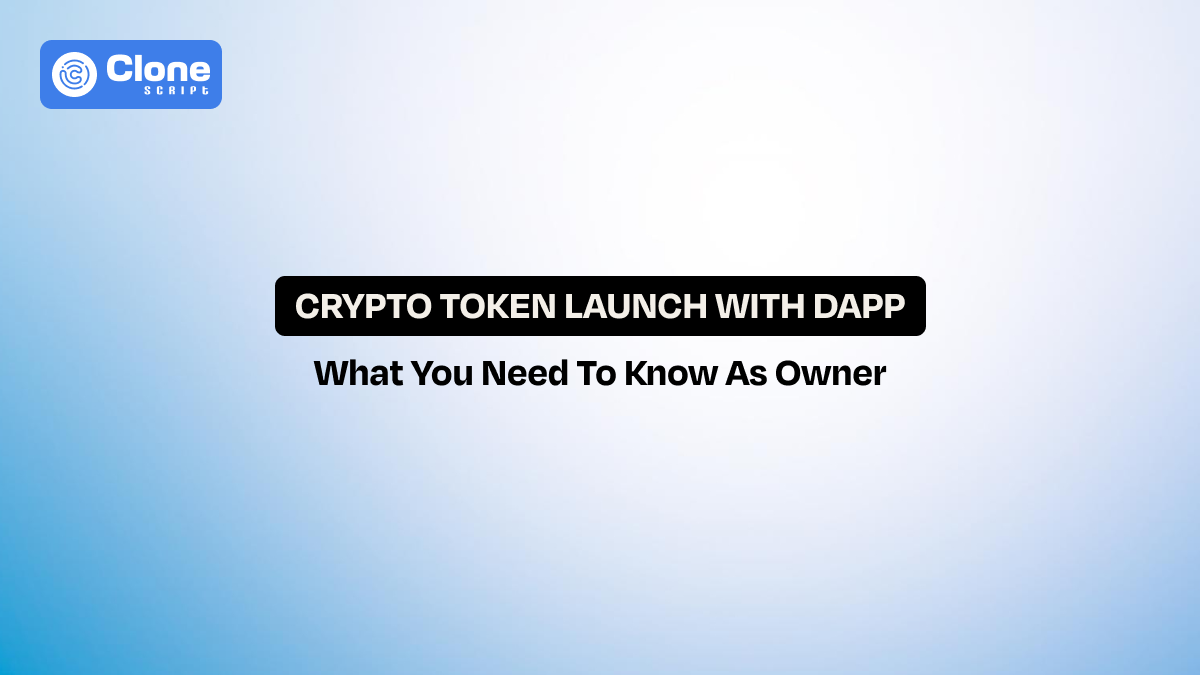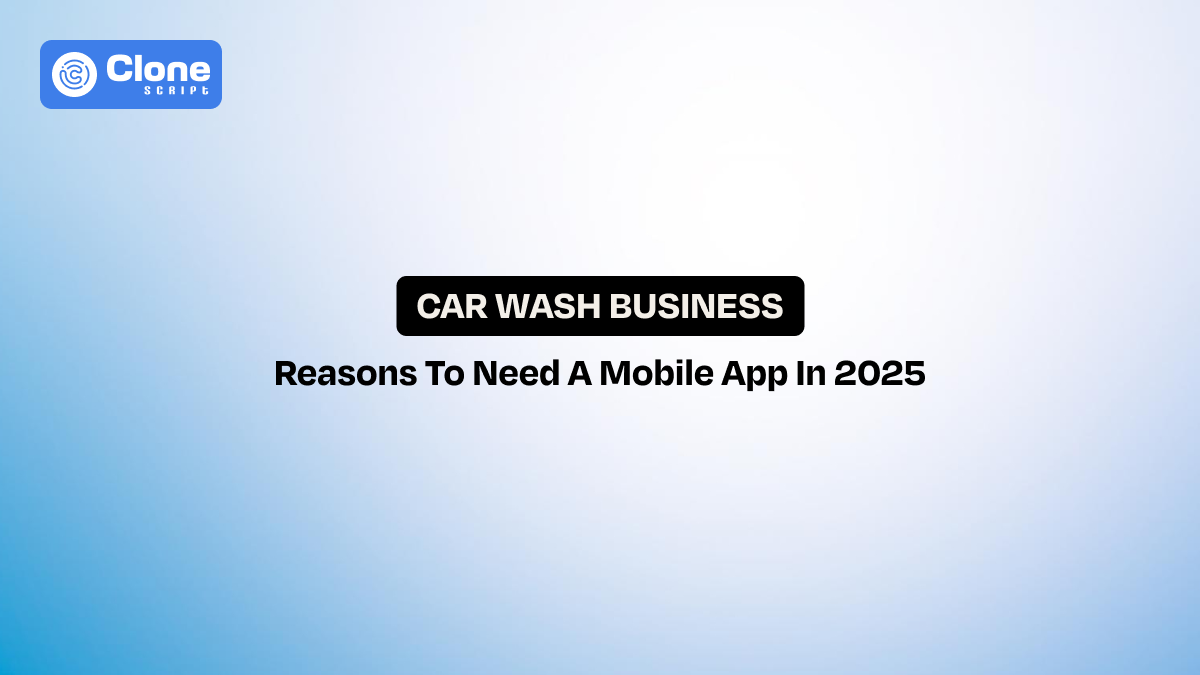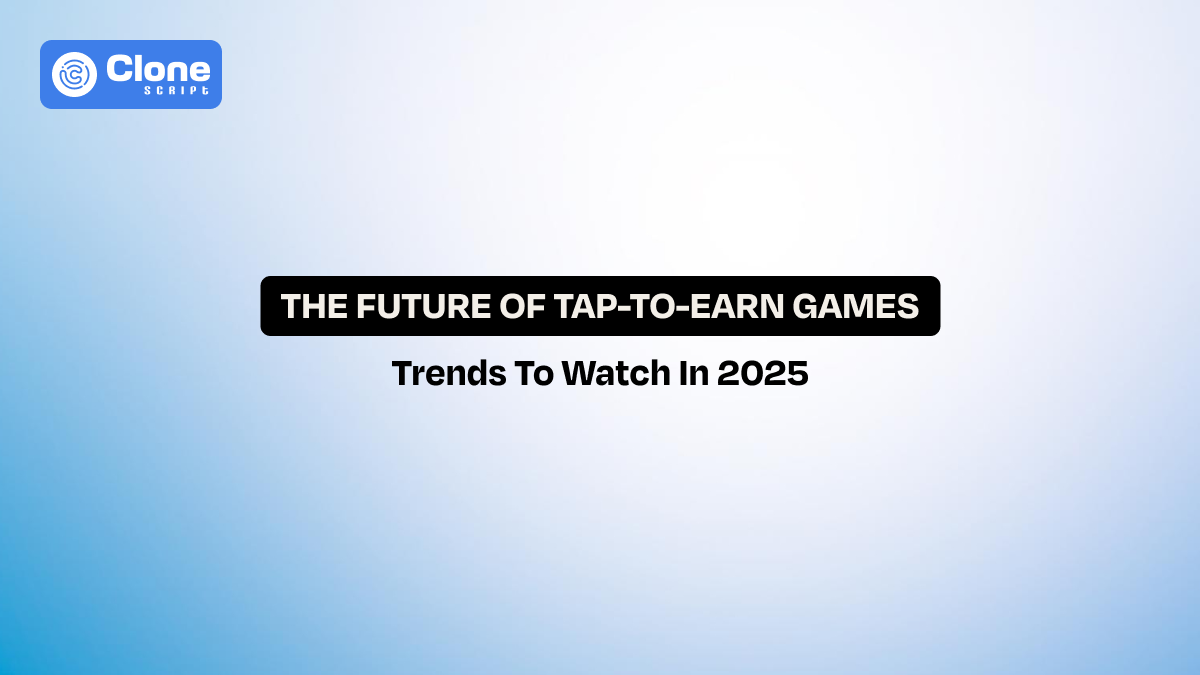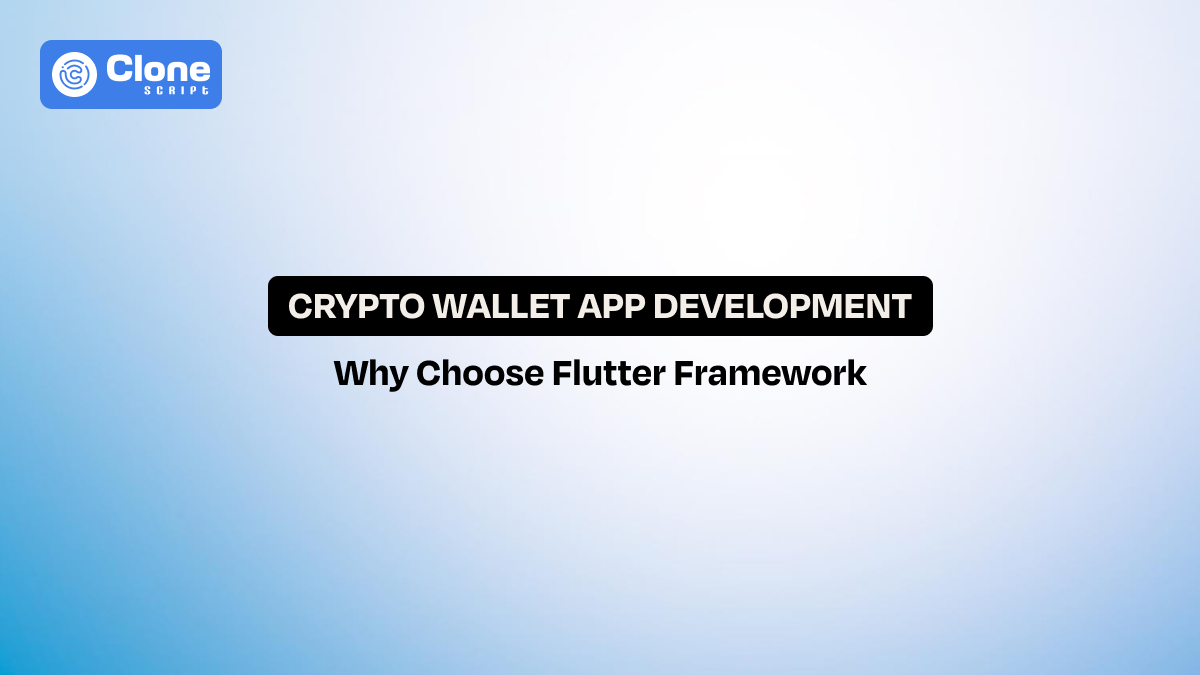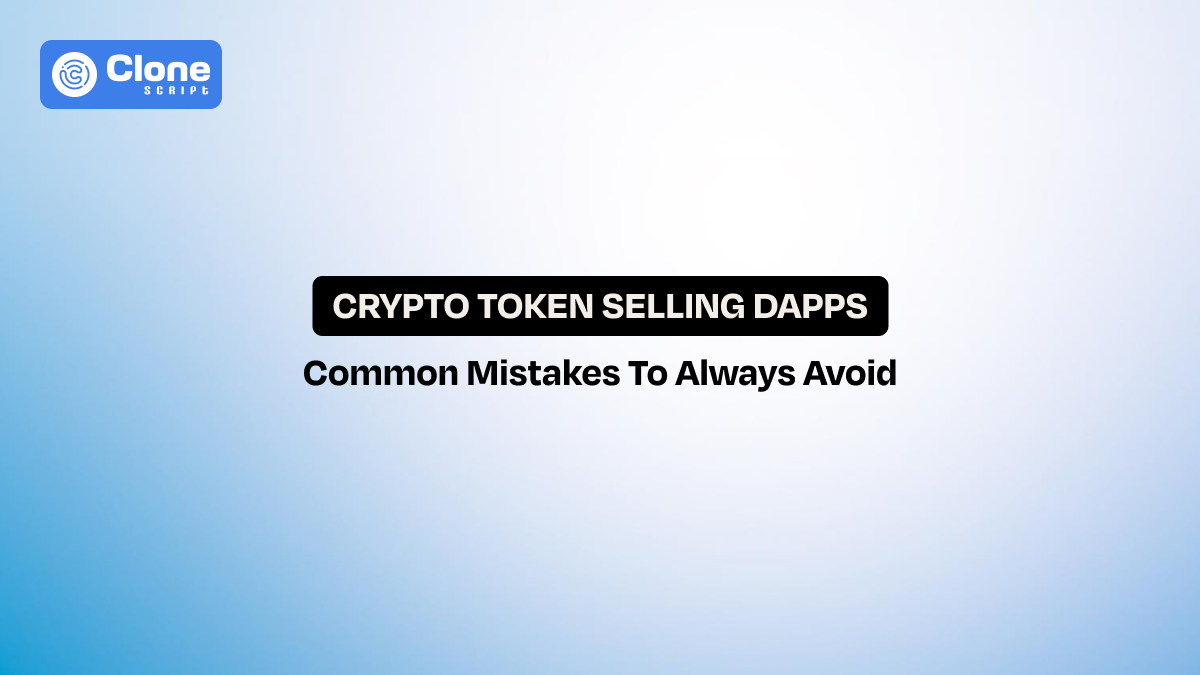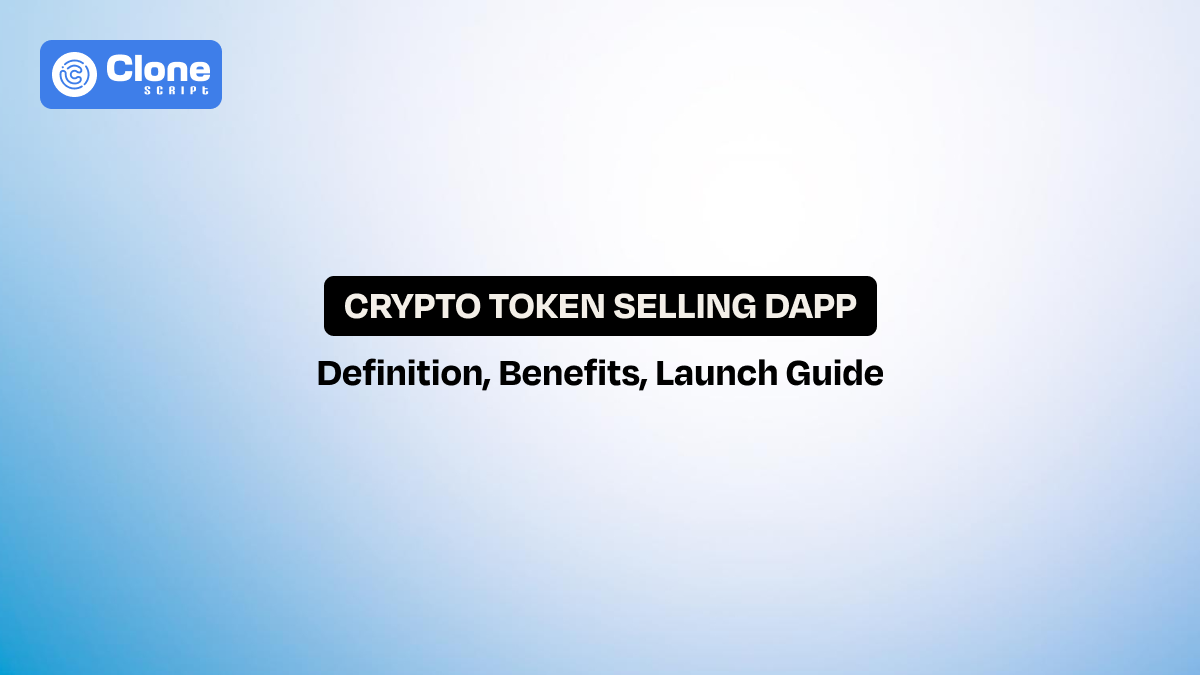How to Launch a Crypto Token Using a DApp: A Step-by-Step Guide
If you’re looking to launch your own crypto token, you’re probably already aware that it’s no small feat. But what if there was a way to simplify the process and make it more efficient, secure, and accessible to a wider audience? That’s where Crypto Token Selling Decentralized Applications (DApps) come in.
In this guide, we’ll walk you through the steps of how to launch a crypto token using a DApp, and show you how professional services can make the process smoother and more seamless.
Why Use a DApp for Your Token Launch?
There are several advantages to using a DApp to create and sell your crypto token. Here are some key benefits:
-
Decentralization: DApps run on decentralized networks, meaning they are not controlled by a single entity. This makes your token launch trustless and transparent.
-
Security: These apps utilize blockchain technology to secure transactions. Smart contracts are tamper-proof and automated, reducing the risk of fraud or human error.
-
Automation: Once your token is deployed via a decentralized app, most of the processes, including token distribution and payments, are automated. It saves you time and effort.
-
Global Reach: Launching a token allows you to tap into a global audience without the limitations of traditional methods like banking intermediaries or geographical restrictions.
-
Cost Efficiency: By eliminating the need for intermediaries like banks or third-party platforms, you can significantly reduce launch costs.
Using a decentralized application for launching a token helps the project to find a growth and win trust.
Step-by-Step Guide to Launching a Token via DApp
Now, let’s check how you can launch a crypto token using a decentralized application. Let’s take a closer look:
Step 1: Plan Your Tokenomics Accordingly.
Before you do anything, you need to nail down the details of your token. Tokenomics is important because it defines the value proposition for both your project and your investors.
Here’s what to consider:
-
Total Supply:
Decide how many tokens will exist in total in the project? The total supply needs to reflect the purpose and future of the project. A fixed supply can create scarcity, while a dynamic supply might help maintain token value.
-
Initial Distribution:
How will you distribute your tokens mentioned in the supply? Splitting them among investors, the team, advisors, early backers, community rewards, and liquidity pools. A good practice is to reserve a portion for long-term development and partnerships. This creates incentive alignment across the board.
-
Sale Terms:
This includes determining the price per token, the sale duration, and the minimum and maximum investment amounts. Setting the right price is important because it impacts the perceived value and attractiveness of your token to potential investors. You'll also want to set different tiers for early investors, offering bonuses to incentivize participation during the presale.
-
Vesting & Lockup Periods:
Understand how you will release tokens over time? Tokens should be locked or vested for your team, advisors, and early investors to avoid any issues with market manipulation. Typically, there’s a vesting period, usually months or years. During this time, tokens are gradually unlocked to make the project more credible in the eyes of your investors.
-
Use Case & Utility:
Define what purpose your token will serve in the long run. Will it act as a utility token for access to a service or product, or as a governance token in a decentralized ecosystem? It’s essential to communicate the long-term value of your token to investors.
Once you’ve clearly defined your tokenomics, you’ll have a solid foundation for the rest of the process.
Step 2: Create Your Token Wisely On the Blockchain Network.
Once you’ve finalized your tokenomics, you’ll need to create your actual token. You’ll typically use a popular blockchain like Ethereum (ERC-20), Binance Smart Chain (BEP-20), or Polygon, but there are other options depending on your needs and target market.
-
Token Standard:
Choose the right token standard for your project. ERC-20 tokens are the most commonly used, but ERC-721 or ERC-1155 are an ideal choice for dealing with non-fungible tokens (NFTs) or if you need advanced features like multi-token standards.
-
Smart Contract Code:
The smart contract is what controls your token’s overall behavior on the blockchain. You can either write your own contract or prefer pre-built templates. A customized contract can offer unique functionality, but make sure it’s secure and efficient.
-
Token Name and Symbol:
The token name should be unique and meaningful, tied to the brand’s identity and goals. The symbol will be short and recognized easily.
-
Smart Contract Audit:
After creating your token’s smart contract, it's good to get it audited by a reputable third-party service to know that it’s free from vulnerabilities and errors. The audit validates that your token is secure and that the logic behind it is sound.
Step 3: Build Your Decentralized Application With Security In Mind.
You’ll need to create your token-selling DApp or hire experienced developers to do so for you. It is essentially the interface that connects your community to your token sale. It should be user-friendly, secure, and easy to navigate. Key features to include:
-
User Interface (UI):
A clean and intuitive UI and UX app design will help potential investors easily understand the token sale process. Features like clear token sale details, countdown timers, and progress bars can enhance the user experience.
-
Wallet Integration:
Make sure your platform supports popular wallets like MetaMask, WalletConnect, and Coinbase Wallet. The easier it is for people to connect their wallets, the better your chances of higher participation.
-
Smart Contract Integration:
The decentralized app should seamlessly integrate with the smart contracts that handle the token sale. When an investor purchases tokens, the smart contract will automatically execute the transaction, sending tokens to the investor’s wallet.
-
Analytics and Tracking:
It’s ideal to integrate tracking tools that allow you to monitor the performance of the sale. This could include metrics like the total amount raised, the number of participants, and the distribution of tokens.
Step 4: Integrate Compliance Features for Safety Purposes.
For regulated markets, compliance is a must. Depending on the region you're operating in, you may be required to implement certain regulatory checks to ensure that your sale is legal. Here’s what to consider:
-
KYC (Know Your Customer):
KYC is the process of verifying the identity of your investors. By integrating a KYC system into your system, you can identify that all participants are legitimate, reducing the risk of fraud.
-
AML (Anti-Money Laundering):
AML checks are necessary to detect and prevent money laundering activities. Compliance with AML regulations will give your investors confidence in the legitimacy of your project.
-
Geo-Restrictions:
Some jurisdictions have laws that prohibit or regulate the participation of their residents in crypto token sales. Make sure your DApp includes features that allow you to block or restrict certain countries or regions from participating.
-
Whitelist Management:
If you’re doing a private or whitelist-based sale, integrate a whitelist feature. This allows you to control who can participate in the sale, so that only approved participants can invest.
Step 5: Focusing on Testing to Make the Platform Usable.
Before you go live, testing is absolutely appropriate. This is the phase where you’ll iron out any bugs, check everything works as expected, and verify that your smart contract functions correctly.
-
Testnets:
Run your DApp on blockchain testnets (like Rinkeby, Ropsten, Binance Testnet) to simulate real-world conditions. This allows you to test the full process, from wallet connection to token purchase, without spending real funds.
-
Smart Contract Audits:
Perform multiple audits of your smart contracts. This includes code reviews by independent auditors to find potential bugs, vulnerabilities, or security loopholes. Auditing is a step that cannot be skipped. From it, the safety of investors remains paramount.
-
User Testing:
Have people outside your team test the DApp to see if they encounter any issues. This includes testing the UI/UX to check that the platform is easy to navigate and that no steps are confusing.
Step 6: Launch the DApp With Plan.
Once you’ve tested and fixed any issues, it’s time to launch your token-selling application. This is the stage where you officially announce your token sale to the world.
-
Launch Campaign:
Promote your token sale across all channels, social media, crypto forums, influencers, email newsletters, etc. Use countdowns, early bird bonuses, and incentives to drive traffic to your sale.
-
Monitor the Sale:
As the sale progresses, keep an eye on the DApp’s performance. If any technical issues arise, you’ll need to be ready to respond quickly. Having a support team in place can help keep your sales running smoothly.
Step 7: Post-Sale Activities Importance.
Once the sale is over, the real work begins. You’ll need to handle a few post-sale activities to know everything goes smoothly:
-
Token Distribution:
Your smart contract should automatically distribute tokens to investors' wallets, but it’s important to double-check that everyone receives the correct amount.
-
Liquidity Integration:
Ensure your token is listed on decentralized exchanges (DEXs) or centralized exchanges (CEXs) for liquidity. Many tokens are traded on platforms like Uniswap or PancakeSwap, and providing liquidity can help maintain price stability.
-
Community Engagement:
Continue engaging with your community post-sale. Keep them updated with progress, milestones, and new features or products that your project will be launching in the future. A strong, loyal community is key to your long-term success.
How Our Crypto Token Selling DApp Services Smooths This Process
Launching a token on the blockchain using a DApp doesn’t have to be a complicated or stressful process. That’s exactly why we’re here to help. At All Clone Script, we specialize in making your token launch as smooth as possible, handling all the technical details so you can focus on growing your project.
Here’s how our DApp Services make the process easy:
-
Tailored Smart Contracts:
We create smart contracts specifically for your token. We tested them before deploying on the blockchain platform by setting the benchmark of security and efficiency. It can be automated to fit your unique goals.
-
Seamless User Experience:
We design intuitive, easy-to-use applications that make interacting with your token. From there, users can buy, sell, or manage their assets.
-
End-to-End Launch Support:
From deploying your token on the blockchain to managing token distribution, we take care of the whole launch process so you can hit the ground running.
-
Security First:
We run extensive security audits to make sure your token-selling platform and smart contracts are airtight. It gives your users confidence in every transaction.
-
Post-Launch Optimization:
After your launch, we’re still on your side, optimizing performance, addressing issues. It means everything runs smoothly as your project grows.
Basically, we’ve got your back from start to finish. Whether you’re a first-time founder or an established crypto business, we simplify every step of the process. It is making sure your token launch is secure, transparent, and hassle-free.
If you’re ready to launch your crypto token on a DApp with zero stress, check out our reliable service.
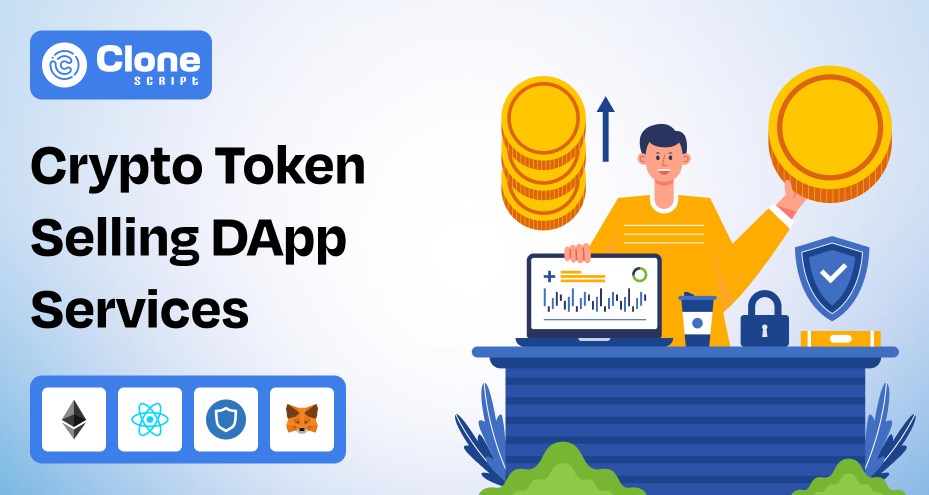
Get Crypto Token Selling DApp Services
Conclusion
Launching a crypto token via a DApp is one of the most efficient and secure methods available today. Whether you're aiming to raise funds, establish a new decentralized application, or create a unique utility token, these apps provide a decentralized, automated, and transparent platform for your launch.
By following the step-by-step guide above and working with our experienced development team, you can launch your token with confidence. Our DApp token launch services will help you navigate every phase of the process, from smart contract creation to ongoing optimization.
Ready to get started? Reach out today and see how we can help you launch your token on a DApp and take the first step toward revolutionizing the crypto space.
FAQs
-
What is involved in Front-End Development for a Crypto Token Selling DApp?
Front-end development includes wallet integration, a user-friendly interface, real-time transaction tracking, and responsive design for all devices. Overall, it is required to know a better user experience.
-
What blockchain networks can you use for token launches?
We develop token-selling decentralized apps on Ethereum, Binance Smart Chain, Polygon, Solana, and other blockchains, depending on your project’s needs. This includes transaction speed, cost, and scalability.
-
Can users buy tokens directly with fiat currency through the DApp?
Yes, we can integrate third-party services like Coinbase Commerce or MoonPay, allowing users to purchase tokens with fiat currency via credit card or bank transfer.
-
How long does it take to develop and launch a Crypto Token Selling DApp?
Typically, it takes 3 to 6 weeks to fully develop and deploy a token sale DApp, depending on your specific features, blockchain, and customization requirements.
-
What does Back-End Development involve for a Crypto Token decentralized app?
Back-end services include creating smart contracts, managing transactions safely. Also, it includes optimizing the platform for performance and scalability, all running on the blockchain for decentralized operations.
 BTC - Bitcoin
BTC - Bitcoin
 USDTERC20 - USDT ERC20
USDTERC20 - USDT ERC20
 ETH - Ethereum
ETH - Ethereum
 BNB - Binance
BNB - Binance
 BCH - Bitcoin Cash
BCH - Bitcoin Cash
 DOGE - Dogecoin
DOGE - Dogecoin
 TRX - TRON
TRX - TRON
 USDTTRC20 - USD TRC20
USDTTRC20 - USD TRC20
 LTC - LiteCoin
LTC - LiteCoin

